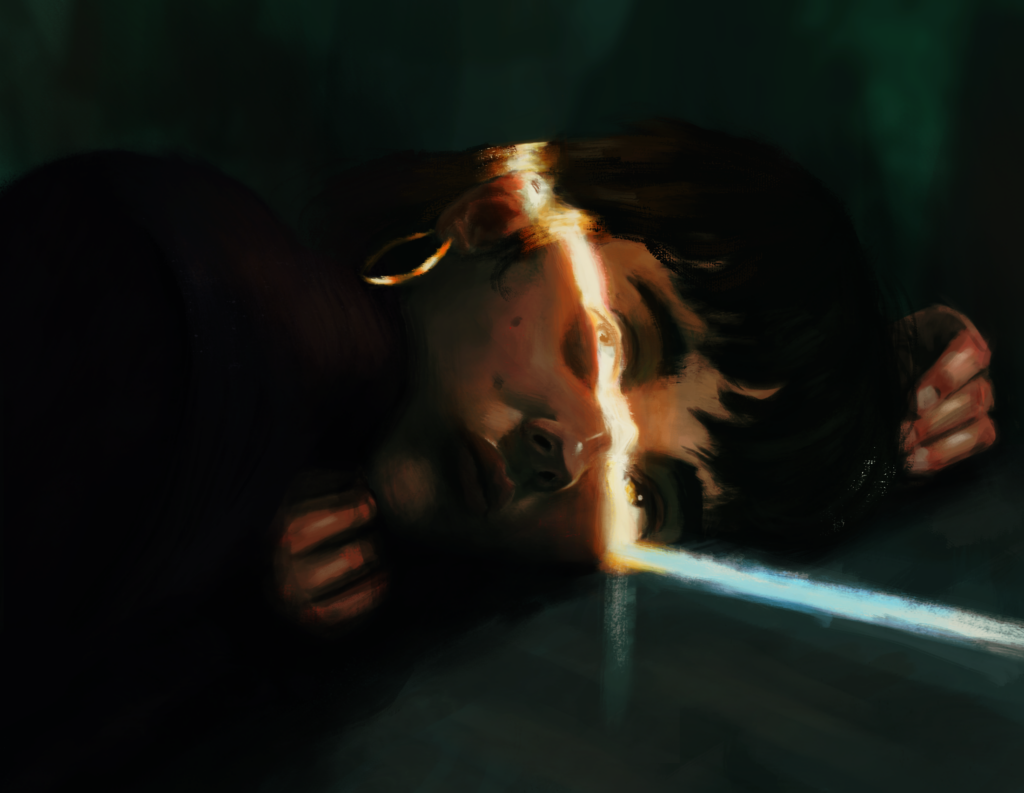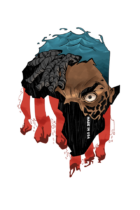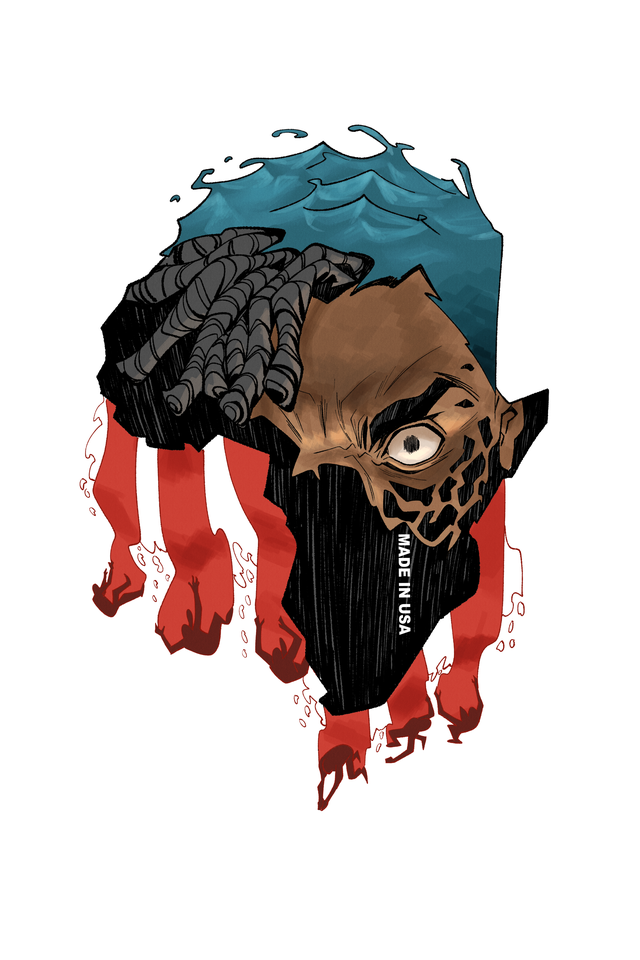“Young people just want a handout, they are not willing to do the work necessary to be self-sufficient in this world, and they are given an education but make no use of their skills.”
By Shivam Zaveri
‘Young people just want a handout, they are not willing to do the work necessary to be self-sufficient in this world, and they are given an education but make no use of their skills.’

While these claims might be substantive for a few Americans, they disregard the local context that lead people to use the welfare system. When these claims are made by older generations towards younger generations, they equivocate their upbringing and opportunities as being the same for younger generations. Covid-19 has not been friendly to anyone and it will remain more devastating to people in poverty. The effects of this pandemic will not be understood until after a year or 3.
Older perspectives overlook the systemic biases favoring the resourceful. Outspoken welfare critics use these claims to create a conflated narrative of US welfare users loaded with stereotypes, maintained over decades. This narrative is appropriated to gather support for fiscally responsible welfare initiatives, which leads to tighter constraints to access aid further destabilizing already vulnerable communities. These communities have grown over the past few years and will continue to grow. Welfare services need to be expanded to allow all disadvantaged in a community access services and escape poverty. This piece covers a few of the factors pushing people into the welfare system such as poverty, unemployment, and incarceration and details the disadvantaged populations within them.
The stats listed next are there to exemplify the amount of support given currently is not enough to end poverty but to keep people there.
One first needs to understand that percentages are useful in comparison, but undercut the number of individuals, especially in the context of US populations. Out of the 320.7 million Americans, 61% or 195 million are white and 39% or 125 million are minorities [5]. Living in the same country does not mean the various races will see a proportional relationship in the factors leading to welfare. Many vulnerable populations might seem as insignificant percentages but represent millions of individuals.
Poverty
When narrowing the US population to people in poverty, 34 million people are in poverty of which 10.5 million are children 0-18 years old. From 2017 to 2019, 4.6 to 4.9 million elders respectively above 65 years are in poverty [2]. These 14.9 million people are at a point in life where they are unable to support themselves and this vulnerable population has been increasing over the last decade.
In the 2016 KKF report, most US states had higher percentages of blacks and Hispanics in poverty, with a total of 17.4 million whites, 8.7 million blacks, and 11.2 million Hispanics [2]. However, poverty in 2019 changed to 14.2 million whites, 8.1 million blacks, and 9.5 Hispanics [2].
There are 3.4 million more minority people in poverty than whites.
The sheer amount of minorities in poverty burden their respective communities even more. The narrative of the stereotypical freeloading adult can only reference 18.7 million US adults in poverty. Of this vulnerable population, 7.9 million adults in poverty have children. These people are subject to the same constraints of using the welfare system such as having a clean criminal record and a time cap on certain welfare services.
Labor Force
Of the 164 million people in the labor force, there are 10.7 million unemployed people [6]. These are adults seeking employment in an economy where there are more people than jobs. Of the unemployed, young adults and minorities have the highest rate of unemployment. For comparison, 9.9% 20-year-old and older blacks were unemployed as opposed to 6% of their whites peers. As a young black American, there are inherent biases in hiring practices that can further disadvantage one from attaining a position with the same salary as their peers [1]. The competitive nature of the U.S. labor market ensures people in poverty’s existence. The divestment away from the US welfare programs bolsters poverty and a lack of opportunity for all US people with a larger disparate effect on minorities.
Arrested
In the U.S., 11 million people go to jail every year and 6.84 million people are serving time or on probation [7]. If in poverty, the chances of affording proper legal representation are far less than selecting a court-appointed attorney. While pleading guilty to a charge for a lesser sentence may seem tempting, their communities will suffer while they serve time and a conviction stigma affects employment ability after time served. Incarcerated people become trapped in poverty, unable to access certain welfare services, and on average earn less than their non-incarcerated peers [4]. Furthermore, black people are the most incarcerated population at 880,000 people [4]. If an individual from a vulnerable population is caught in the judicial system, they should expect to become even more vulnerable.
Welfare Users
When comparing the various vulnerable populations to the users of the welfare system a different narrative appears. In 2012, there were 52 million people participating one of the six major US welfare programs, where a majority of the users were children between 0-18 [3]. Of the 46 million people in poverty, 31 million accessed welfare services [3]. Of the 12.5 million unemployed in the labor force, 4.1 million accessed welfare services [3]. While only 3% of US is arrested, this can have negative consequences throughout one’s life and become unable to even access certain welfare serves.
Vulnerable populations are bound to increase if welfare programs are cut. Especially with the negative effects of Covid-19, people are bound to enter poverty at faster rates. The argument that the majority of these people receive enough benefits to survive is only referencing a select portion of the population. Children and elderly are in helpless position, and there have been more laborers than jobs for the last decade. Welfare programs do not encourage people to be freeloaders; they allow vulnerable populations to attend to their needs and not to spend everything they earn on surviving. In a predominantly white community, people in poverty, unemployed, or arrested have a higher chance of finding opportunity and becoming self-sufficient. If you are a white person in this community, those chances are even higher.
References
[1] Bertrand, M., & Mullainathan, S. (2002). A Field Experiment on Labor Market Discrimination. 1-40.
[2] Census Bureau. (2019). Poverty Rate by Race. Retrieved from kkf.org: https://www.kff.org/other/state-indicator/poverty-rate-by-raceethnicity/?dataView=0¤tTimeframe=0&sortModel=%7B%22colId%22:%22Location%22,%22sort%22:%22asc%22%7D
[3] Irving, S., & Loveless, T. (2015). Dynamics of Economic Well-Being. Washington D.C.: US Census Bureau.
[4] Rabuy, B., & Kopf, D. (2015, July 9). Prisons of Poverty. Retrieved from Prison Policy Initiative : https://www.prisonpolicy.org/reports/income.html
[5] U.S. Bureau of Labor Statistics . (2017). Labor force characteristics by race and ethnicity, 2016.
[6] U.S. Bureau of Labor Statistics. (2020). News Release December 2020. Washington D.C.: Department of Labor.
[7] Wagner, P., & Rabuy, B. (2017). Mass Incarceration: The Whole Pie 2017. Retrieved from Prison Policy Initiative: https://www.prisonpolicy.org/reports/pie2017.html
[8] Picture – https://www.reddit.com/r/Art/comments/kx4a1a/enter_nightmedigital2020/



